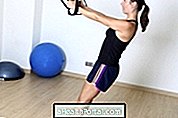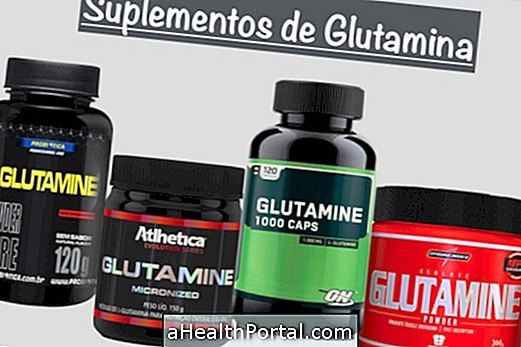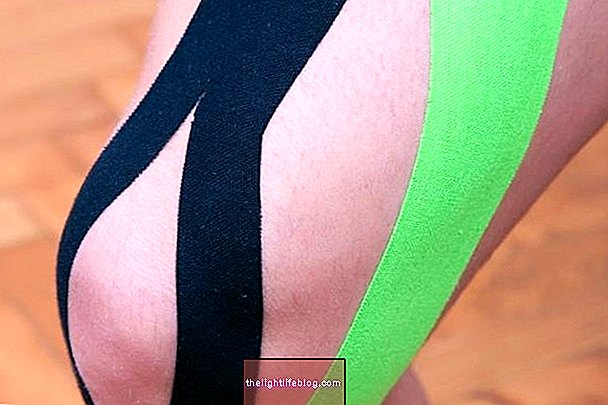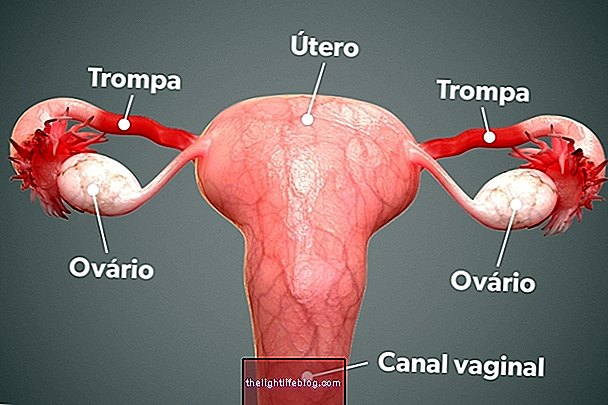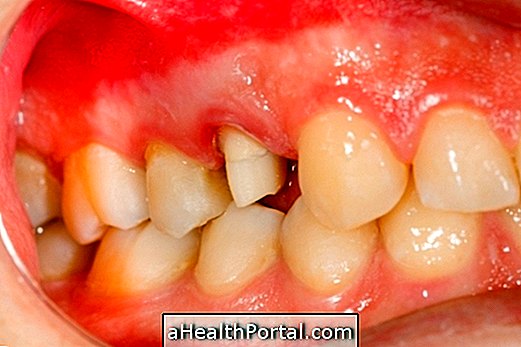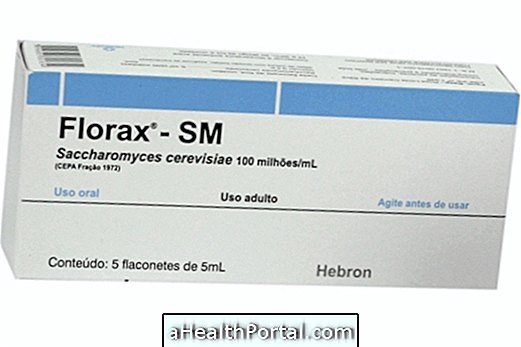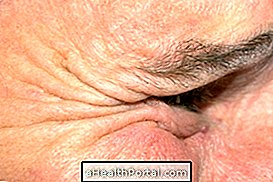Catching weight in the gym is one of the best ways to build a stronger and bulky chest, however, chest training can also be done at home, even without weight or any type of special equipment.
When weight is not used, the secret to a more effective workout is to increase the time under tension, that is, to leave the muscle contracted longer, than what would be necessary with the use of weights. This is because, in order to stimulate muscle growth, it is necessary to leave the muscle tired and, although this happens quickly when using weight, when training is done at home without equipment, the best way to tire the muscle is to do more repetitions.
How to do the workout at home
The workout presented below includes 6 variations of the flexion exercise, which is one of the most complete exercises to train the chest at home. The exercises must be done in sequence to reach all areas of the chest, allowing a pause of 30 to 45 seconds between each exercise.
The 6 exercises constitute a training series, which should be repeated between 3 to 4 times, with rest between sets of 1 to 2 minutes, to obtain better results. This training should be done 1 to 2 times a week.
1. Normal flexion (20x)

Flexion is the main ally in chest training at home, as it allows you to activate various regions of the chest effectively. Normal flexion is a great first exercise because it allows you to warm up the muscle gradually, avoiding injuries.
How to do it: place both hands on the floor at shoulder width and then stretch your legs until they form a straight line from the shoulders to the feet. Finally, maintaining this posture, one should bend the arms and descend with the chest towards the ground until forming an angle of 90º with the elbows, going back up to the starting position. Do 20 quick reps.
It is important that during the performance of the flexion the abdominal is kept contracted, to ensure that the back is always well aligned. People who have more difficulty doing the push-up can place their knees on the floor, for example, to lighten the load on the muscle a little.
2. Isometric flexion (15 sec)

Isometric flexion is a variation of normal flexion that allows you to increase the time under tension of the pectoral muscle, which favors muscle growth.
How to do it: you should perform a normal push-up, but after lowering your chest to the floor with your elbows at a 90º angle, you should hold this position for 15 seconds. At all times, it is also important to keep your abdominals tight, to ensure that a straight line is maintained from the feet to the head.
In case the exercise is very difficult, you can do it with your knees on the floor and in periods of 5 seconds, for example.
3. Isolated flexion (10x each side)

This type of push-ups isolate the muscular work on each side of the chest, causing the tension on the muscle to be greater, favoring hypertrophy.
How to do it: this exercise is similar to normal flexion, however, instead of placing both hands shoulder-width apart, one hand should be placed farther from the body, so that this arm is completely stretched. Then, the movement of lowering the chest to the floor should be performed, but applying the force only on the side of the chest that has the hand closest to the body. This exercise should be done with 10 repetitions for each side of the chest.
If the exercise is very difficult, you should do it with your knees on the floor.
4. Declined flexion (20x)

Push-ups are a very complete exercise to train the pectoral muscle, however, making small variations in the angle at which they are performed can help to focus a little more on the upper region or to infer from the chest. This version allows you to work more on the upper region of the muscle.
How to do it: This exercise needs to be done with the support of a bench or chair. To do this, you must place both feet on the chair and then, maintaining the normal flexion position, but with the feet elevated, you must perform 20 push-ups.
To try to reduce the intensity of the exercise, you can choose a lower footrest, for example, in order to deflect weight from the pectoral region.Another option is also to do small sets of 5 or 10 repetitions in a row, until reaching 10.
5. Inclined flexion (15x)

After working harder on the upper pectoral region, the inclined flexions will help to focus a little more on the lower part of the pectoral muscle.
How to do it: This exercise should also be done with the support of a bench or chair. In this case, place both hands on the bench and then stretch your legs and keep your body straight, in a normal flexion position. Finally, just do the push-ups, taking the chest towards the bench until the elbows are at a 90º angle. Do 15 repetitions in a row.
If the exercise is too difficult, you can try to use a lower support or, if possible, perform push-ups with your knees on the floor, for example.
6. Explosive flexion (10x)

To end the training series and guarantee muscle fatigue, explosive flexion is an excellent exercise, which activates the entire pectoral muscle and uses all the contraction force.
How to do it: the explosive flexion is very similar to the normal flexion, however, when returning to the initial position, after descending with the chest towards the floor, the maximum force should be made with the hands against the floor, to push the body up and create a slight jump. This ensures that the muscle contracts explosively. Do 10 repetitions.
This exercise causes a lot of muscle fatigue, so if it becomes too difficult to perform, you should do as much explosive push-ups as you can and then complete the number of push-ups that are lacking with normal push-ups.
After this exercise, you should rest between 1 and 2 minutes and return to the beginning of the series, until you complete 3 to 4 laps.
Was this information helpful?
Yes No
Your opinion is important! Write here how we can improve our text:
Any questions? Click here to be answered.
Email in which you want to receive a reply:
Check the confirmation email we sent you.
Your name:
Reason for visit:
--- Choose your reason --- DiseaseLive betterHelp another personGain knowledge
Are you a health professional?
NoMedicalPharmaceuticalsNurseNutritionistBiomedicalPhysiotherapistBeauticianOther

